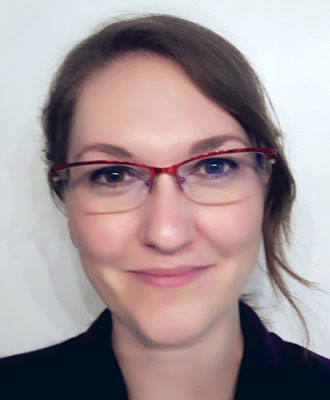Unless the capacity is exceeded, we will not respond to your email. Attendance is free, just bring along your lunch.
RSVP NOW for the next Microseismic User Group (MUG) event.
If you have any questions, please contact:
Paige Mamer, Paige.Mamer@tgs.com,
Johnny Wentzel, Johnny.Wentzel@esgsolutions.com
Abstract
With all of its faults and flaws, rock is hands down the most difficult material to engineer. This is why microseismic is such a valuable tool for evaluating completions designs and investigating unexpected results.
What goes into making a good microseismic interpretation and how far can we push it? As it turns out the microseismic interpreter needs to be a jack-of-all-trades, keeping stress, rock mechanics, tectonics, survey acquisition, processing techniques, completions design, and continuous improvement in mind while looking at dots.
A good interpretation can enrich our understanding of target formations, their response to hydraulic fracturing, and well performance. We can also use microseismic interpretation in an applied way to validate the cost of the project and make an impact on future development, from design and financial perspectives.
Biography
Paige started her career that Encana, where she worked on induced seismicity in the Horn River Basin and developed protocols that helped shape industry understanding and response.
She later worked at MicroSeismic, Inc. on microseismic interpretation and induced seismicity monitoring projects, and at Itasca-Image, where she led the development of an induced seismicity monitoring service.
Paige now consults on microseismic and induced seismicity projects in Canada and the US in both the oil and gas and mining industries.
Paige obtained her Bachelor’s and Masters degrees from Queen’s University in Geological Engineering. It was her thesis work that sparked her interest in microseismic and IS (and brought her nearly 8000 ft underground).





